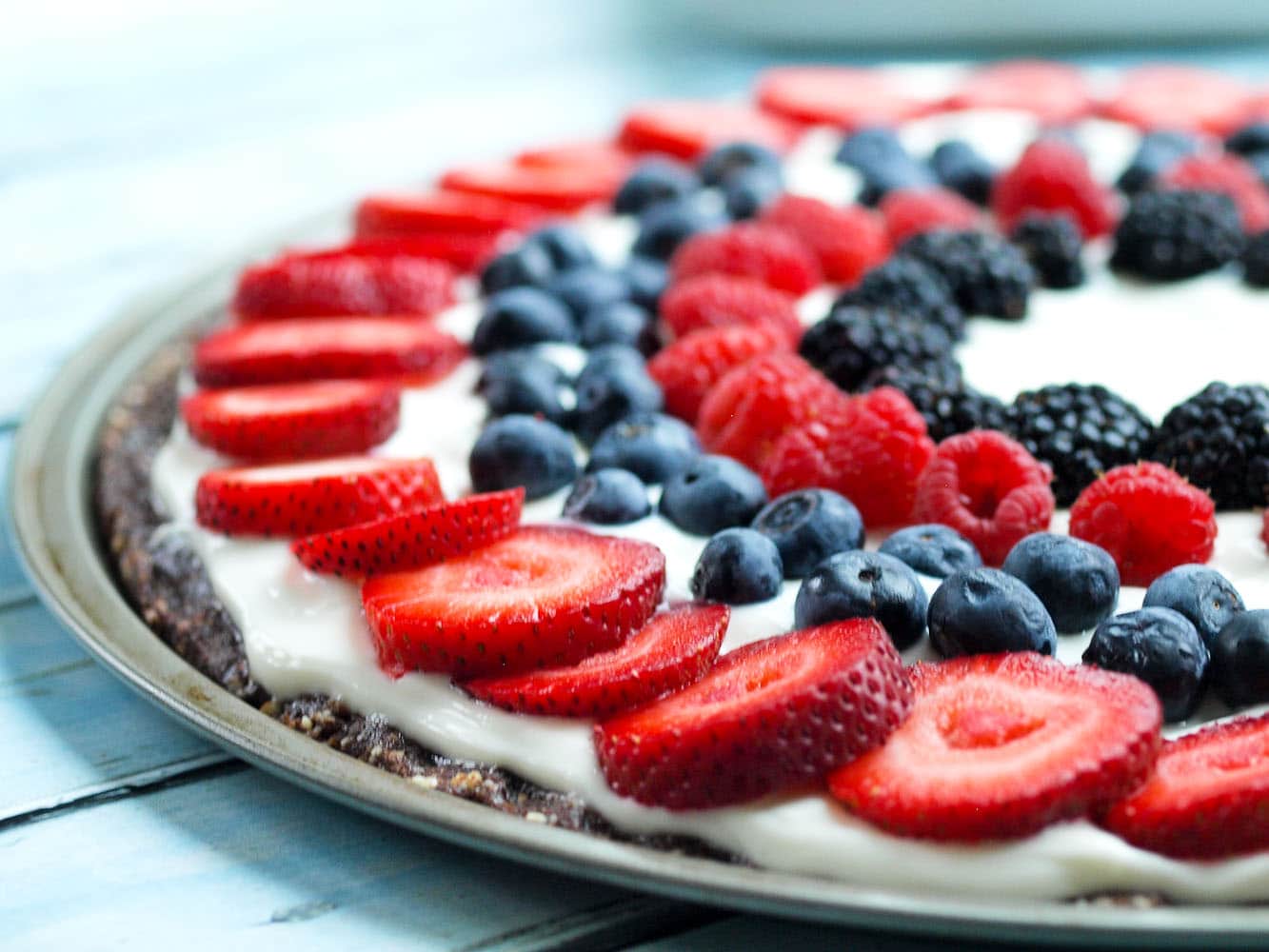Coffee is hugely popular drink, and my personal favorite drink, In-fact I cannot imagine to start my day without coffee. Recently, many people are concerned that it may cause cancer, where as some say that drinking coffee offers health benefits and may even prevent cancer. So which one is it? let's see what the evidence really say..
What is it about coffee that makes people think it might be Carcinogenic?
Roasted coffee beans contains a substance called "Acrylamide" , which is byproduct of the roasting process.
Acrylamide is found mainly in plant food, such as potato products, grain products. Foods such as French fries and potato chips seem to have the highest levels of Acrylamide.
The IARC classify Acrylamide as a group 2A probable carcinogen. This means that there is substantial evidence suggesting that acrylamide can cause cancer in animals. However, more research is necessary to determine if it also increases the risk of cancer in Humans.
So, it turns out the evidence against acrylamide are pretty sketchy. If you give it to a mice in lap, at doses 1000 times grater than the amounts found in food, it does seem to increase their risk of cancer. But mice aren't people, 1000 times is a LOT of acrylamide.
Now, on the other hand its just so easy to find claims that coffee prevents cancer. A 2017 review found that one cup of coffee a day is associated with a slight reduction in the risk of liver cancer and endometrial cancer. 2010 review of over 500 studies found the same reductions, but a slight increase in the risk of bladder cancer among heavy coffee drinkers.
Other benefits of coffee includes a lower risk of heart diseases. Coffee also contains antioxidants, which helps stop or slow down the cell damage.
The FDA recommend that adults consume no more than 4-5 cups of coffee a day.
Coffee consumption seems generally safe, if consumed within these limits, and for people who are still concerned about acrylamide can choose an alternative type of coffee.
So coffee lovers , REJOICE !!
Anyways, how many of us are actually drinking coffee for its health benefits? we just love the taste of it, don't we? 😉
I drink about 3 cups of coffee daily, and enjoy each and every one of them. Lemme know how many cups of coffee you drink on daily basis in the comments section below.




























